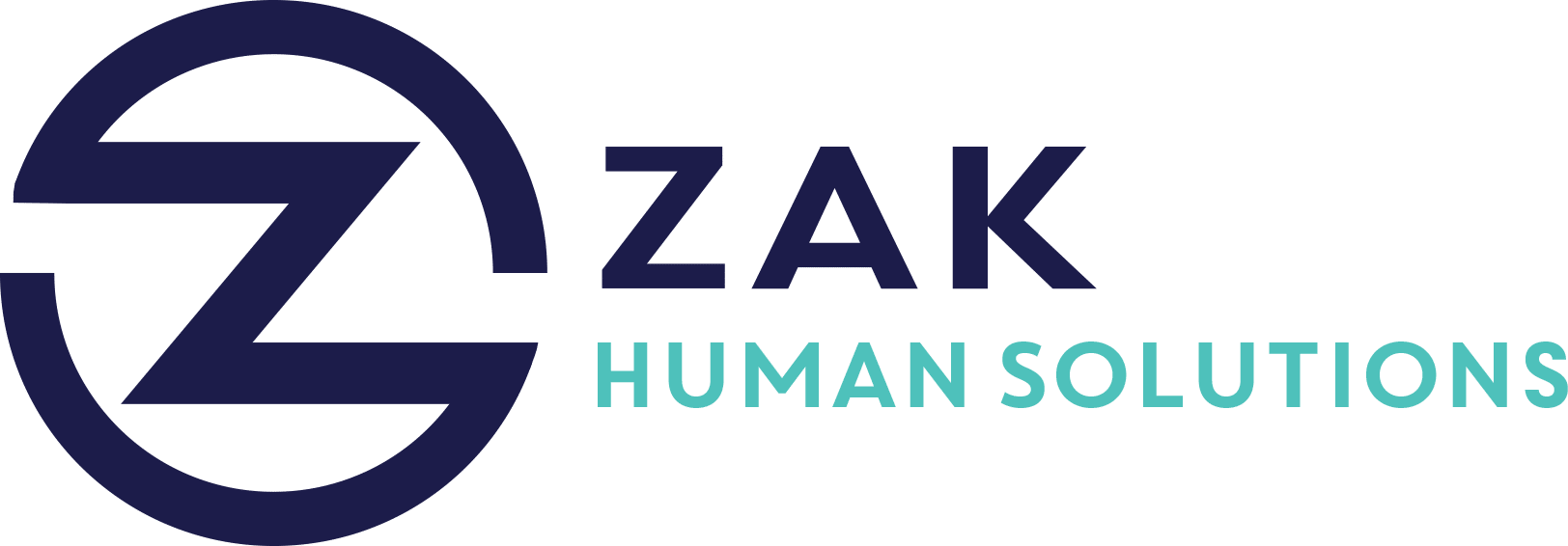Maintaining high morale within Human Resources (HR) teams is a challenge that requires more than just superficial perks. As the HR field transforms into a more integral part of organizational success, it faces increased pressures and outdated expectations. To ensure that HR teams remain motivated and effective, leaders must employ strategic solutions that address deeper issues of purpose, value, and growth opportunities. Here are four key strategies to boost morale within HR departments.
Understanding the Strategic Role of HR
The perception of HR roles is undergoing a dramatic shift. Historically viewed as mere administrative functions, HR is now seen as a critical strategic partner in organizational success. Despite this evolution, many C-suite leaders still overlook HR’s potential as a decision-maker, hindering HR teams’ ability to contribute meaningfully to corporate strategy.
Key Strategies to Boost HR Morale
1. Connect the Dots
To achieve success in today’s HR landscape, understanding the business landscape is key. HR team members must see how their daily tasks contribute to the company’s overall mission. By helping team members connect the dots, leaders can foster a deeper sense of purpose and fulfillment among their HR staff.
- Integration: Explain how various organizational elements fit together, emphasizing HR’s role in talent management.
- Purpose Alignment: Highlight how HR work directly influences organizational success, making the work more purpose-driven.
2. Delve into Data
Leveraging data is essential for informed decision-making. Yet, many HR departments lag behind in utilizing data-driven insights. By integrating data into HR processes, organizations can make more informed decisions.
- Data Utilization: Use tools like exit interviews and engagement surveys to gather insights.
- Enhanced Communication: Convey changes and strategic decisions backed by data to shift expectations and build trust.
3. Say it Straight
Effective communication is key to overcoming skepticism often directed at HR. Straightforward and transparent communication can build trust and clarity.
- Clear Messaging: Avoid sugarcoating and deliver messages in a straightforward manner.
- Inclusive Feedback: Consult with various stakeholders to craft messages that address common employee concerns.
- Structured Delivery: Combine detailed memos with concise summaries and Q&A sessions to ensure messages are well-received.
4. Say ‘No’ and Let It Go
HR teams cannot meet the industry’s new demands while clinging to outdated expectations. Leaders must empower their teams to prioritize tasks that matter.
- Task Prioritization: Encourage team members to question the impact of their activities.
- Strategic Changes: Implement new processes or tools to streamline functions and reduce workload.
The Evolving Role of HR
The HR landscape has never been more complex or dynamic. By reframing HR roles within organizations and aligning expectations with current realities, HR leaders can develop resilient teams capable of taking on challenging roles. By implementing these four strategies, organizations can position their HR teams for success, ensuring they meet evolving demands with competence and confidence.




